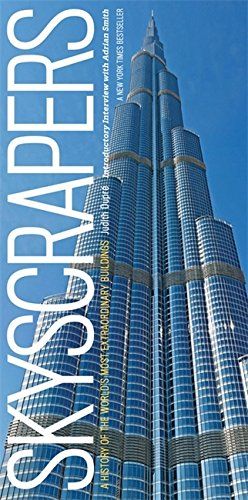Is Timber the Future of Urban Construction?
A celebrated architect goes out on a limb with a bold new take on building tall
/https://tf-cmsv2-smithsonianmag-media.s3.amazonaws.com/filer/55/d1/55d1c655-6e34-47fa-aa46-2dbf081b1a94/oct2016_l02_phenom.jpg)
From the street, the new seven-story “T3” building going up in Minneapolis looks a lot like an old warehouse: large repeating windows and weathered steel sheathing the color of brick. But it’s a revolutionary structure, and the irony is that its cutting-edge nature rests on an old-school material: wood. When T3 opens this month, it will be the tallest modern wooden building in the United States. And to hear the architect behind the tower tell it, T3 is the future of urban construction.
The timber used to make T3 is a far cry from the pine two-by-fours used to build houses. T3 uses “nail laminated timber” (NLT) panels, crafted by stacking and fastening hundreds of two-inch by eight-inch boards together to make large, structural pieces—an update of an old technique. NLT and its cousin “cross laminated timber” (CLT), a sort of super plywood, are sized and shaped at a factory, then shipped to a construction site where they’re snapped together. In most cases, the final product is as sturdy as if it were made with steel or concrete (and just as fireproof), but lighter, quicker to build and much more environmentally friendly.
Building tall with timber fell out of favor in the late 19th and early 20th centuries, when new construction codes demanded brick, stone and steel, but the benefits of wood are making architects see green. Not only do mass timber buildings require less energy to build, wood fibers are one of nature’s greatest storehouses of atmospheric carbon (in the case of T3, 3,200 tons of it). The architecture firm Skidmore, Owings & Merrill (SOM) recently calculated that the carbon footprint for a 1965 42-story concrete apartment building in Chicago would have been 60 to 75 percent lower if it was made of mass timber instead. An improvement like that can have an outsize impact on the environment, as the building sector accounts for nearly half of all U.S. carbon emissions, largely from the production of concrete and steel.
T3, designed by the Vancouver architect Michael Green, scrapes the ceiling of current U.S. building codes, which limit the height of wood buildings to 65 feet, but in Norway, Australia and Canada mass timber buildings have topped ten stories. Last year, Green, the field’s patron saint, helped design a wooden version of the Empire State Building—102 stories high—just to prove it could be done. He says the appeal of such structures runs deep: “I’ve never seen anybody walk into one of my buildings and hug a steel or a concrete column. But I’ve actually seen that happen in a wood building.”
Related Reads

Skyscrapers: A History of the World's Most Extraordinary Buildings
/https://tf-cmsv2-smithsonianmag-media.s3.amazonaws.com/accounts/headshot/Jimmy-Stamp-240.jpg)
/https://tf-cmsv2-smithsonianmag-media.s3.amazonaws.com/accounts/headshot/Jimmy-Stamp-240.jpg)